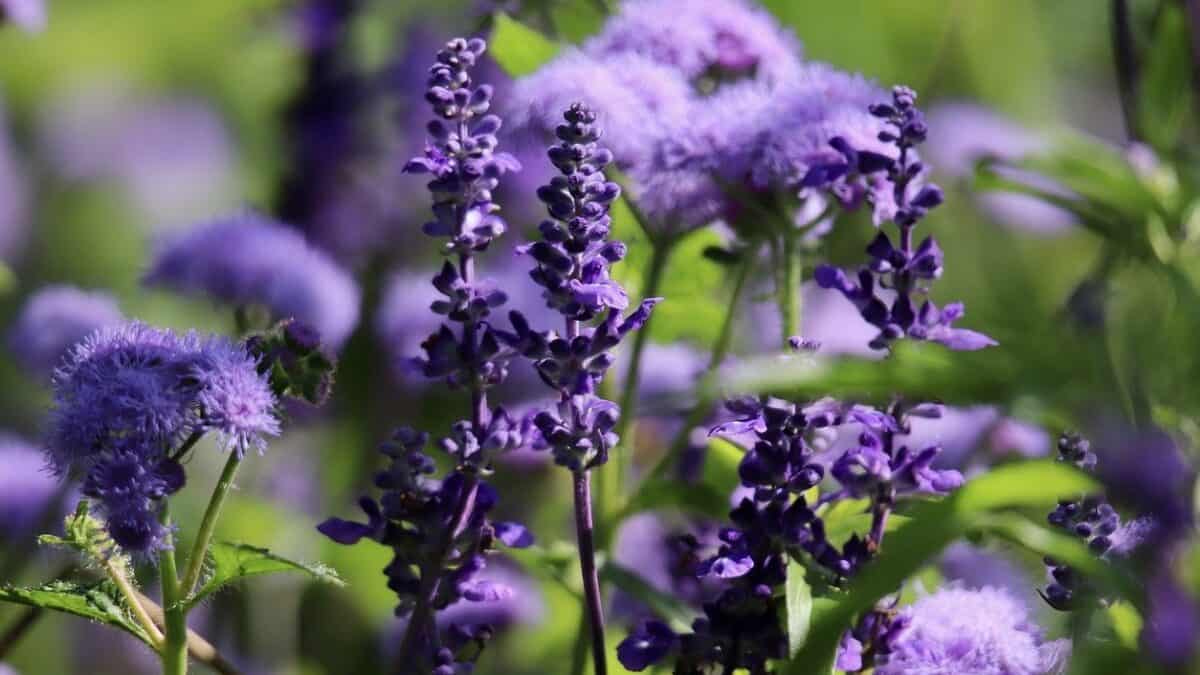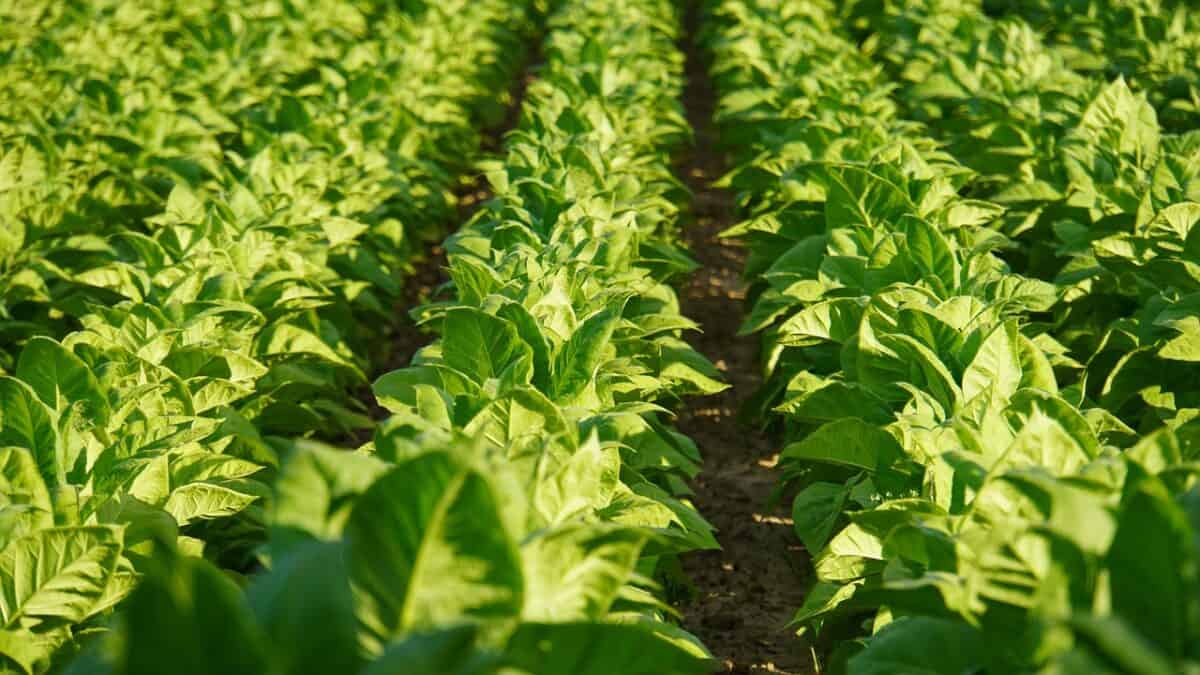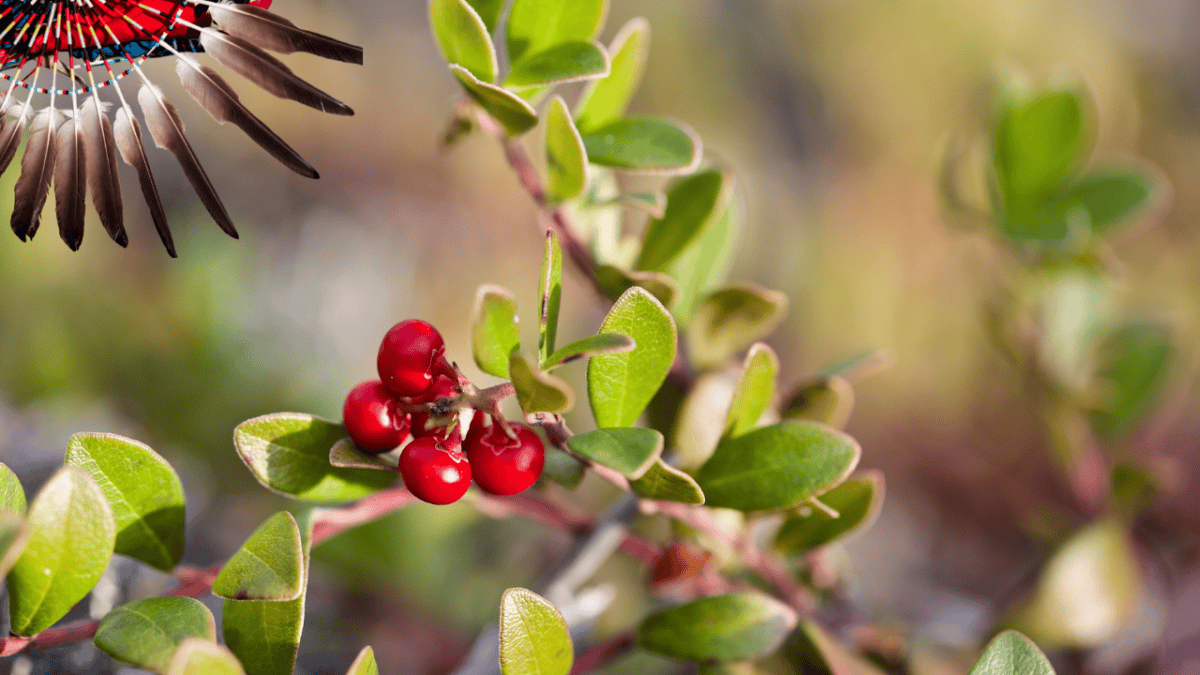The culture, spiritualism and traditions of Native America are deeply rooted in the natural world with nature representing interconnectedness and spirituality. While animals embody the spirit realm, plants too, have a profound spiritual significance. These plants are integral to various ceremonies, healing practices, and daily life, embodying the rich traditions and beliefs of Indigenous communities. Let’s explore ten such plants and their roles in Native American spirituality.
1. Sage: The Purifier

Sage is esteemed for its cleansing properties and is commonly used in smudging ceremonies to purify spaces, objects, and individuals. The smoke from burning sage is believed to dispel negative energies and invite positive influences. Tribes such as the Lakota, Cheyenne, and Navajo utilize sage in rituals to promote healing, wisdom, and protection.
2. Sweetgrass: The Inviter of Good Spirits

Known for its sweet, vanilla-like scent, sweetgrass is often braided and burned during ceremonies to attract positive energies and benevolent spirits. The Cheyenne, Blackfoot, and Lakota tribes use sweetgrass in purification rituals, prayers, and healing ceremonies, considering it a sacred plant that brings blessings and protection.
3. Tobacco: The Sacred Offering

Tobacco holds a sacred place in many Native American cultures, used as an offering and in prayers to communicate with the spirit world. Tribes such as the Cherokee, Iroquois, and Lakota regard tobacco as a powerful spiritual tool, often employing it in ceremonies to show respect, gratitude, and to establish a connection with the divine.
4. Cedar: The Protector

Cedar is revered for its protective and healing properties. Many tribes, including the Ojibwa, Coast Salish, and Cree, use cedar in purification rituals, sweat lodge ceremonies, and healing practices. Cedar branches are burned to cleanse spaces and ward off negative energies, while cedar bark is crafted into baskets, clothing, and ceremonial items.
5. Corn: The Sustainer of Life

Corn, or maize, is central to many Native American cultures, symbolizing sustenance, fertility, and life. Tribes such as the Hopi, Navajo, and Iroquois hold corn in high regard, incorporating it into rituals, ceremonies, and daily life. Corn is often seen as a gift from the Creator, representing the cycle of life and the interconnectedness of all living things.
6. Bearberry: The Spiritual Connector

Bearberry leaves are traditionally used in smoking mixtures during ceremonies. The smoke is believed to carry prayers to the Creator, serving as a medium for spiritual communication. Bearberry is also used for medicinal purposes among various tribes.
7. Cacti: The Resilient Symbol

Cacti have been integral to Native American cultures for centuries, playing significant roles in symbolism, spiritual practices, and everyday life. With their unique adaptations to dry environments, these resilient plants hold deep meaning and practical uses for various Native American tribes across North America.
8. Yarrow: The Healer

Yarrow is used for its medicinal properties, particularly in treating respiratory ailments. The Coast Miwok, among others, utilize yarrow in their healing practices, demonstrating the plant’s importance in traditional medicine.
9. Willow: The Pain Reliever

Willow bark contains salicin, a compound like aspirin, and has been used by various tribes for pain relief. The Coast Miwok, for instance, employ willow in their medicinal practices, highlighting its significance in natural healing.
10. Blue Elderberry: The Immune Booster

Blue elderberry is utilized for its respiratory, dermatological, gastrointestinal, and hematological benefits. Tribes like the Coast Miwok incorporate elderberry into their medicinal practices, underscoring its value in traditional healing.
These plants represent a fraction of the vast array of sacred flora used in Native American spiritual practices. Each holds unique significance and is treated with the utmost respect and reverence. By understanding their traditional uses and symbolic meanings, we gain a deeper appreciation for the rich spiritual heritage of Native American cultures and their profound connection with the natural world.
- 11 Bizarre Things Hummingbirds Secretly Love (But Most Gardeners Ignore) - August 20, 2025
- 25 Habits That Secretly Shorten Your Life - August 20, 2025
- 21 Dog Breeds Insurance Companies Don’t Want to Cover - August 20, 2025
